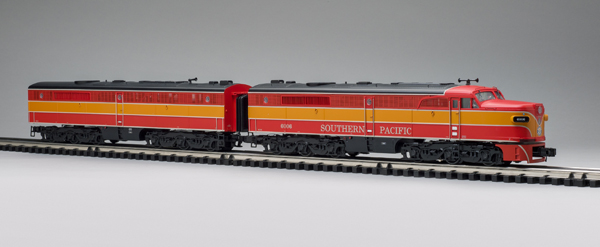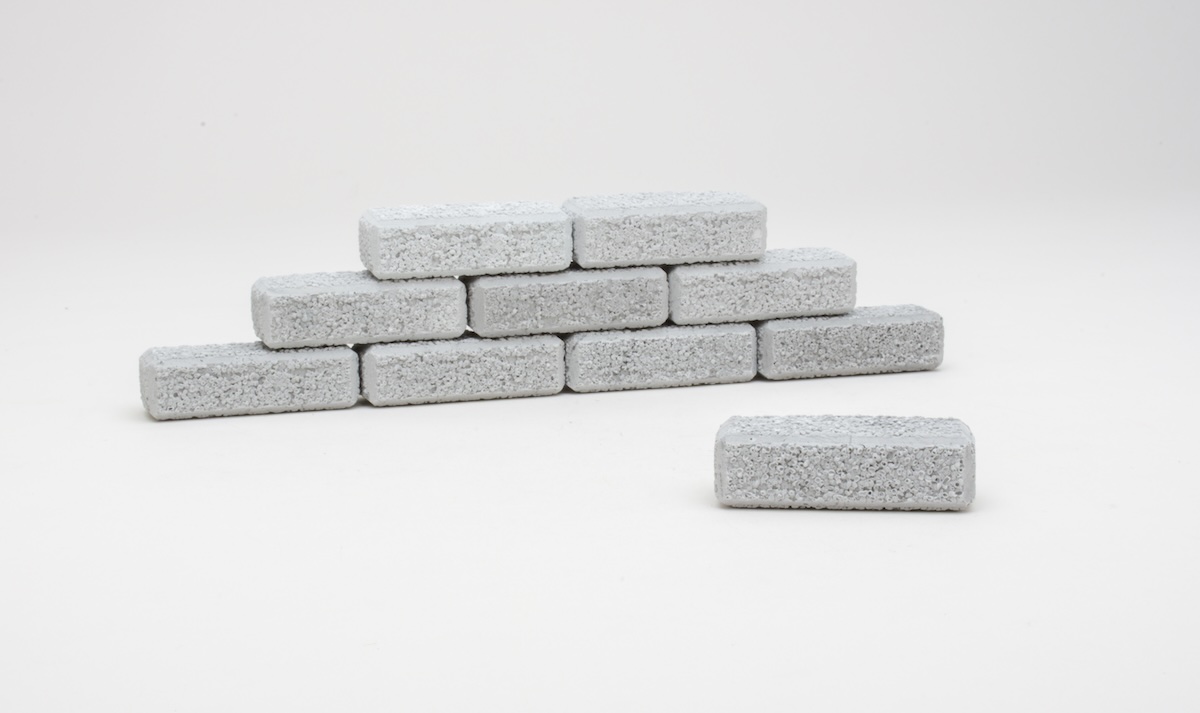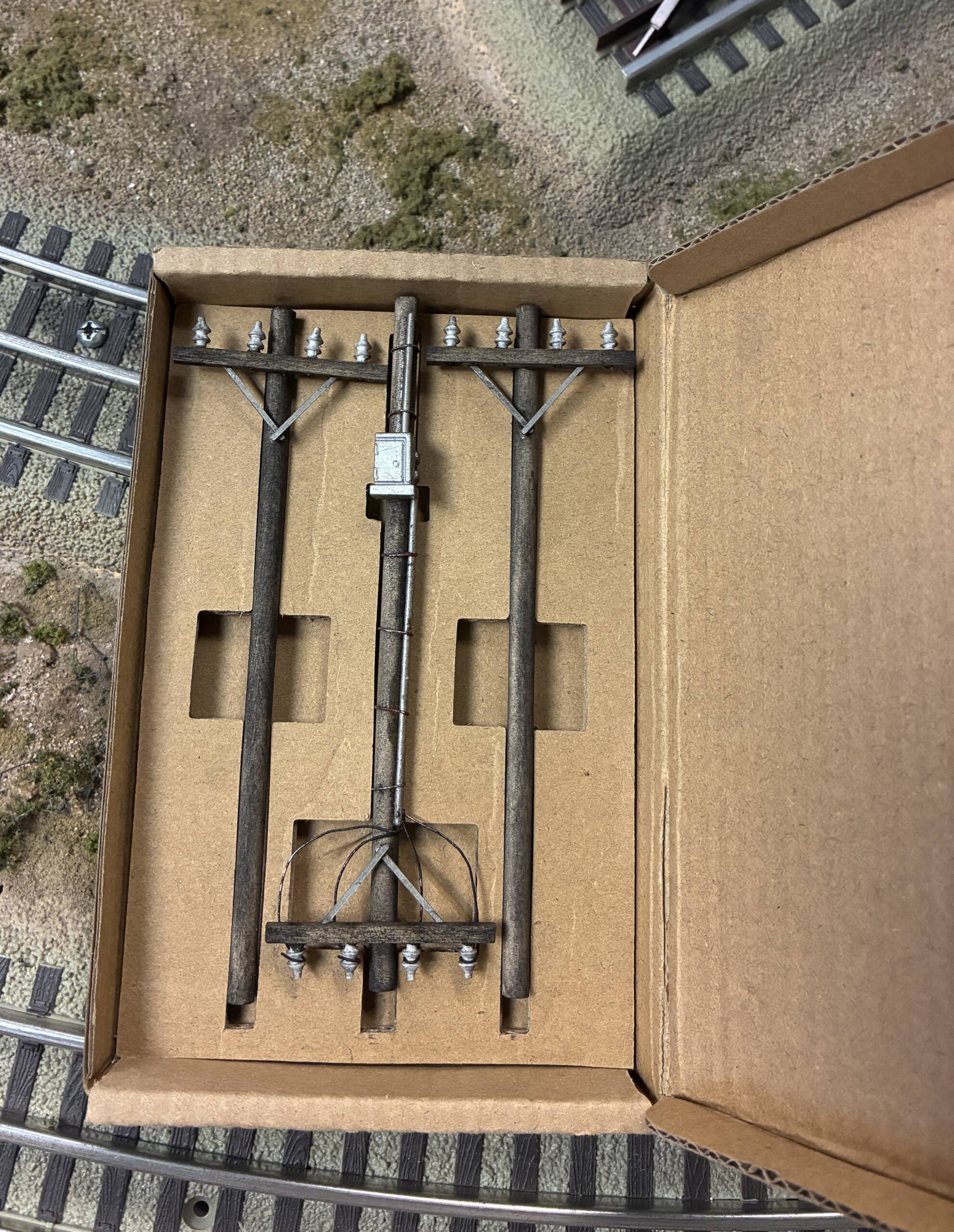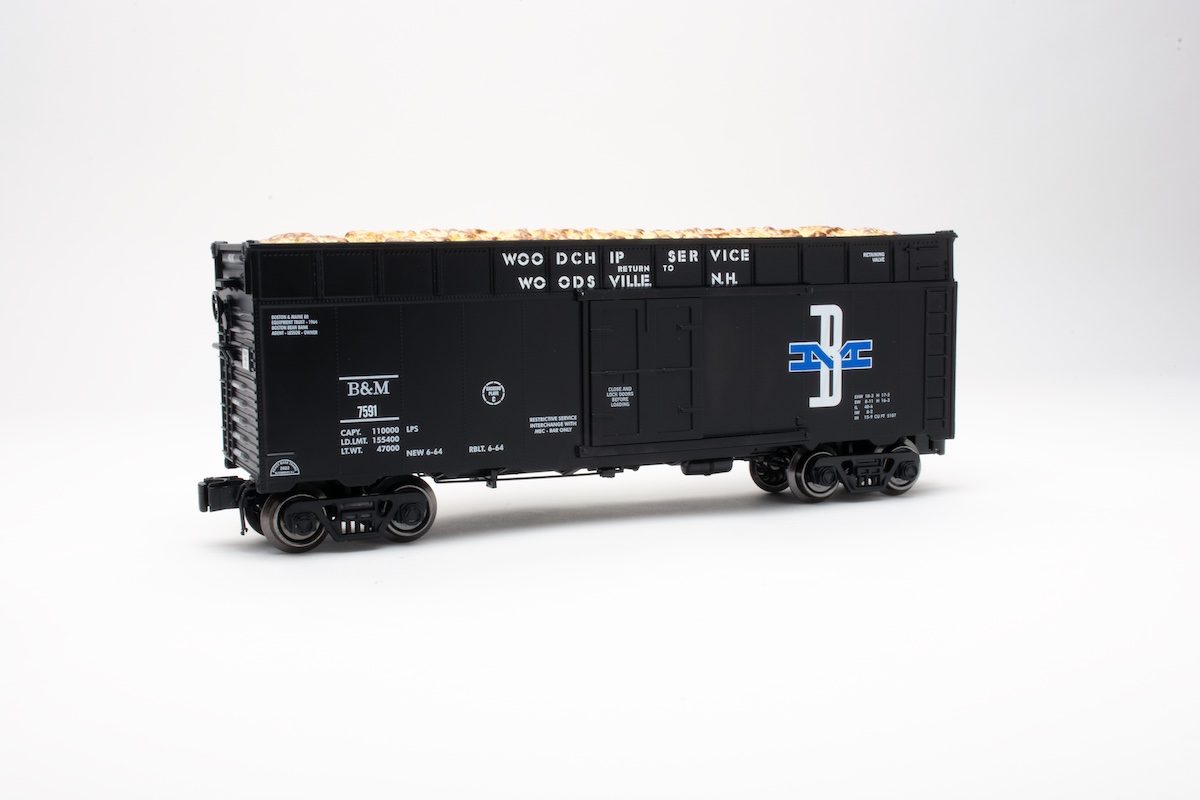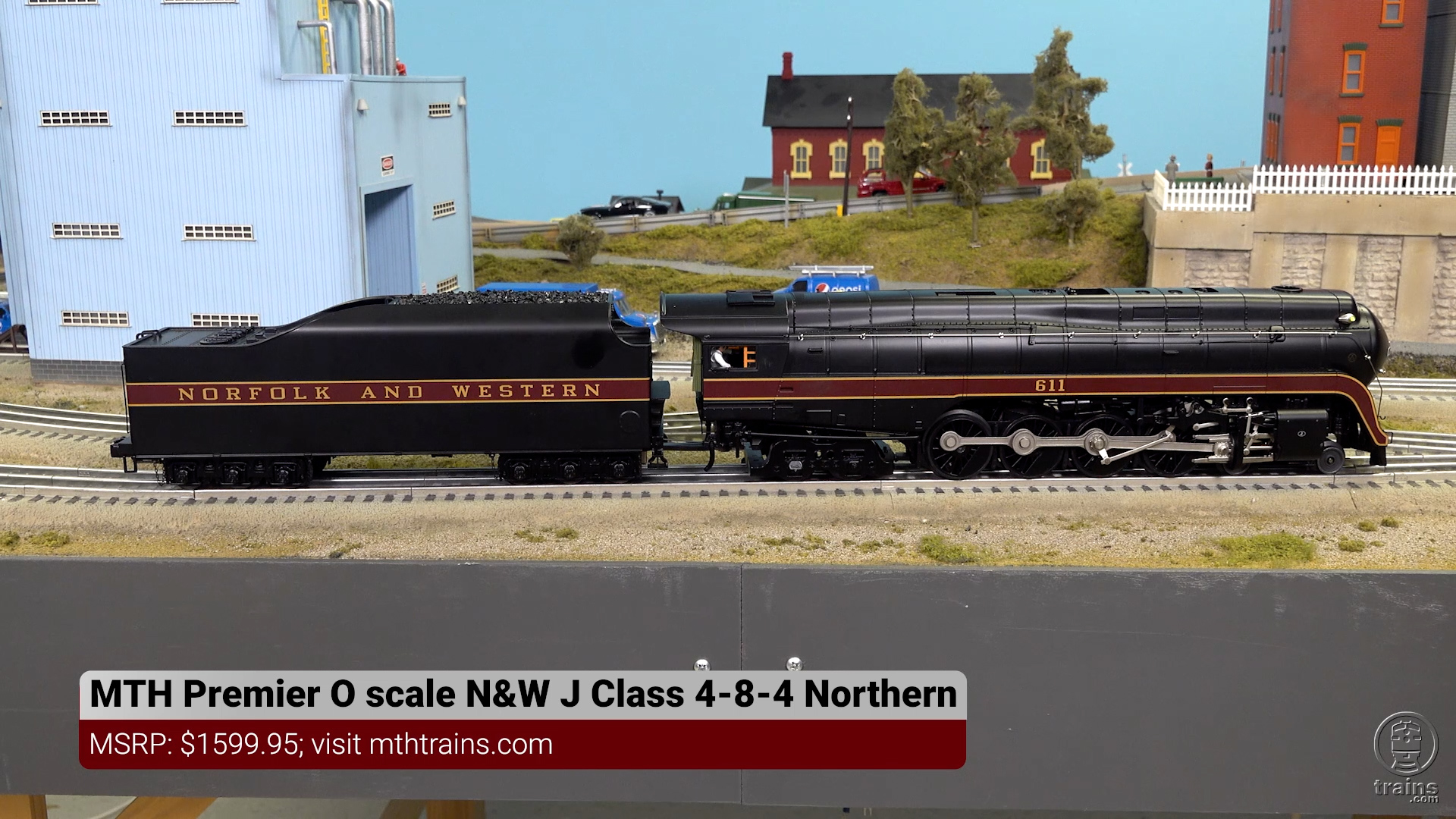PREMIER LINE O GAUGE ALCO PA-PB FROM MTH
Price: $479.95 (No. 20-20843-1 powered A unit), $199.95 (20-20843-3 unpowered B unit), $249.95 (20-20844-1 unpowered A unit) Min curve: O-31 Cmd Low: 6.22 smph Cnv Low: 8.4 smph, High: 90.9 smph Drawbar pull: 1 lb., 14 oz. Features: Cab unit has two can-style motors, ProtoSound 3.0 command and sound system, smoke unit, and two coil couplers. Current-production road names: Lehigh Valley, New Haven, Missouri-Kansas-Texas, and Southern Pacific. Further reading: “Salute to a Different Diesel,” Trains, November 1966.
The carbody was a great canvas for virtually any railroad’s livery: Santa Fe’s warbonnet, New York Central’s lightning stripes, and Southern Pacific’s Daylight livery all looked larger than life on a PA.
The model was produced as both PA (cab unit) and PB (cabless booster) models between 1946 and 1953, and nearly 300 were built. Not all that impressive during the mad rush to dieselize, but soon the Alcos could be found at the head of many prized passenger trains.
Although 17 U.S. railroads, the American Freedom Train, and the Sao Paulo Ry. of Brazil ordered Alco PAs, the diesel soon became fairly unpopular. The problematic Alco 244 prime mover’s engine plagued not just the PAs but also the entire Alco product line. Many railroads divested themselves of the locomotives at the earliest opportunity. By 1966, the primary PA users were the Santa Fe and the Southern Pacific, with roughly 70 between them.
When the Santa Fe eliminated its PA fleet, four were rebuilt as PA-4 diesels and sent to the Delaware & Hudson Ry. They had a short second career hauling The Adirondack passenger train until 1977. The PAs then migrated to the Massachusetts Bay Transit Authority, where they operated before being sold to a Mexican railroad.
As best as I can determine, there are three ex-Santa Fe/D&H PAs preserved in North America: two in the U.S. and one in Mexico. A bit farther south, one has reportedly been preserved in Brazil. However, I could uncover little more than a few sad photos.
Opening the box
Our review sample of the O gauge Premier line PA from MTH Electric Trains has an eye-popping (in a good way) color scheme. It is the bright livery of the SP’s Daylight passenger service. Launched in 1922, the train operated on a 13-hour schedule between San Francisco and Los Angeles.
The most notable power at the head of the train was the SP’s brightly colored GS-2 class steam locomotives, which shaved a considerable hunk of time off the schedule. Other diesels, including the Alco PA, took the point at various times. Daylight service continued until May of 1974.
The overall size of the A-B duo is impressive. The coupler-to-coupler length of the combo is approximately 33½ inches.
The pilot is fairly plain and appears less rounded than that of an F unit. You’ll find an operating coupler and simulated brake lines. The upper light fixture houses an oscillating white headlight, while the lower light is a steadily lit headlight.
There are jumbo number boards on the sides, with classification lights just above them. These are distinctive, and the numbers really stand out, especially when running in the dark.
rom a head-on perspective, the accent striping seems to guide the bands of red and orange to the front and then down toward the track. This is an eye-catching paint scheme!
With its oscillating warning light, headlight, number boards, and classification lights, the nose boasts most of the lighting effects.
The cab is illuminated and features two crew figures. You’ll see wiper arms above the forward windows and grab irons above those. Two horns are above the center of the windows.
The long hood roof has cast-in rivet and seam detail, and of note are the lift rings, exhaust stack, and see-through screen above the radiator fan. There is also a non-functional exhaust in about the right spot for a passenger steam generator. The booster has the same rooftop detailing as the cab unit.
These models are large, yet they’re designed for turns as tight as O-31. Accordingly, there is bit of a gap between the units.
The sides have good rivet and seam detail. There are see-through screens and vents below the roof line, from behind the cab door to the rear of the unit. There are two opening doors with kickplates and grab irons on the sides of the cab unit plus one on the booster unit.
The Daylight colors hearken back to a time when passenger trains were still the way to travel. The livery was flawlessly rendered, running from black to silver to vermillion to silver to orange to silver and back to vermillion and silver.
On the test track
After a quick lubrication, this MTH unit delivered smooth performance.
The smoke unit was capable of a mighty stream of vapor that can cloud up a tight space in no time at all.
I watched with great interest when the A-B duo wiggled through the “S” curve on our test track with no trouble at all. The sound system, bell, and horn were good.
Due to the O-54 curves on our layout, I was hesitant to really open the throttle. I decided to take a chance and run the A unit with the B unit (for extra weight, figuring it would improve the chances of staying on the track) at higher speeds. It paid off, with the duo achieving a top speed of 90.9 scale mph.
Our low speeds were 8.4 scale mph (conventional) and 6.2 smph (command). The drawbar pull was 1 lb., 14 oz.
Though it lacked commercial success, the PA is an icon of first-generation diesel power. MTH’s Premier line version is a reliable performer that could become the king of your O gauge fleet.





